Researchers from the University of New South Wales (UNSW) are building and validating a prototype of their artificial intelligence (AI)-enabled wireless real time sensing system that can spot dangerous heat in lithium-ion batteries before it potentially becomes thermal runaway.
The system uses existing wireless signals like Wi-Fi and millimetre-wave RADAR alongside AI algorithms to detect small shifts in surface battery temperature, instead of physical probes or wiring.
As the radio signals interact with the surrounding environment, subtle shifts caused by heat are analysed by AI algorithms to identify early signs of abnormal heating.
Early lab tests have shown the system can detect thermal anomalies with over 97% accuracy without touching the battery or opening the unit.
UNSW Professor Aruna Seneviratne said the collaboration allows the team to fast-track a technology that could change how battery safety is managed.
“By combining cutting-edge AI with low-cost, passive wireless sensing, we’re creating a solution that’s both technically robust and highly deployable in real-world environments,” Seneviratne said.
By leveraging pre-existing wireless infrastructure, the researchers say systems can be affordably retrofitted to existing systems from households to remote installations in high-density storage units and transport containers, offering a highly scalable path to improved battery safety while reducing installation and maintenance costs.
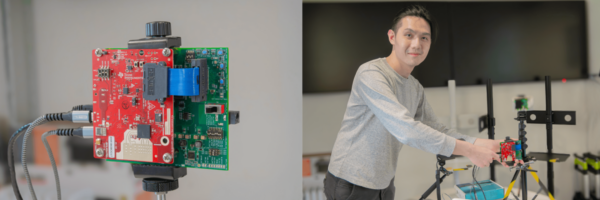
Image: University of New South Wales
In collaboration with the joint Trailblazer Recycling and Clean Energy (TRaCE) program, a $280 million (USD 181 million) joint venture between UNSW and the University of Newcastle to promote research commercialisation, the UNSW wireless system researchers have partnered with Sydney solutions companies on the project; GinigAI, Trantek MST, and Deepneural AI.
GinigAI is contributing its patented embedded wireless sensing platform to the research, which underpins the system’s passive detection capabilities.
Trantek MST is providing the sensor interconnection system to link, manage, and monitor the platform, with access for the researchers to their developers adn technology.
Deepneural AI is refining and scaling the algorithms for real time performance.
Deepneural AI Managing Director Saksham Yadav said the company is pioneering advanced AI algorithms that will drive the next generation of wireless battery monitoring systems.
“Our research focuses on utilising machine learning to identify subtle, hard-to-detect patterns in Wi-Fi and millimetre-wave signals, enabling the prediction of thermal runaway events before they occur. Through our collaboration with UNSW and other key industry partners, we’re transforming cutting-edge AI research into a practical, scalable solution, with the goal of establishing a new global standard for proactive, real-time battery safety monitoring,” Yadav said.
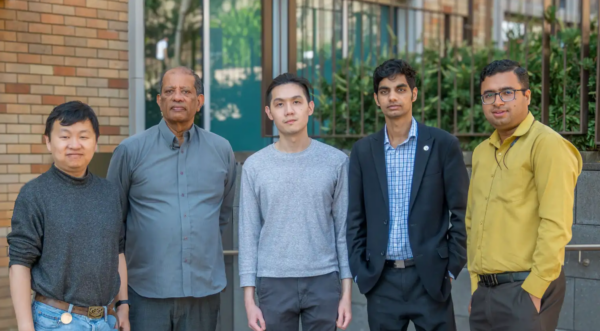
Image: University of New South Wales
This content is protected by copyright and may not be reused. If you want to cooperate with us and would like to reuse some of our content, please contact: editors@pv-magazine.com.

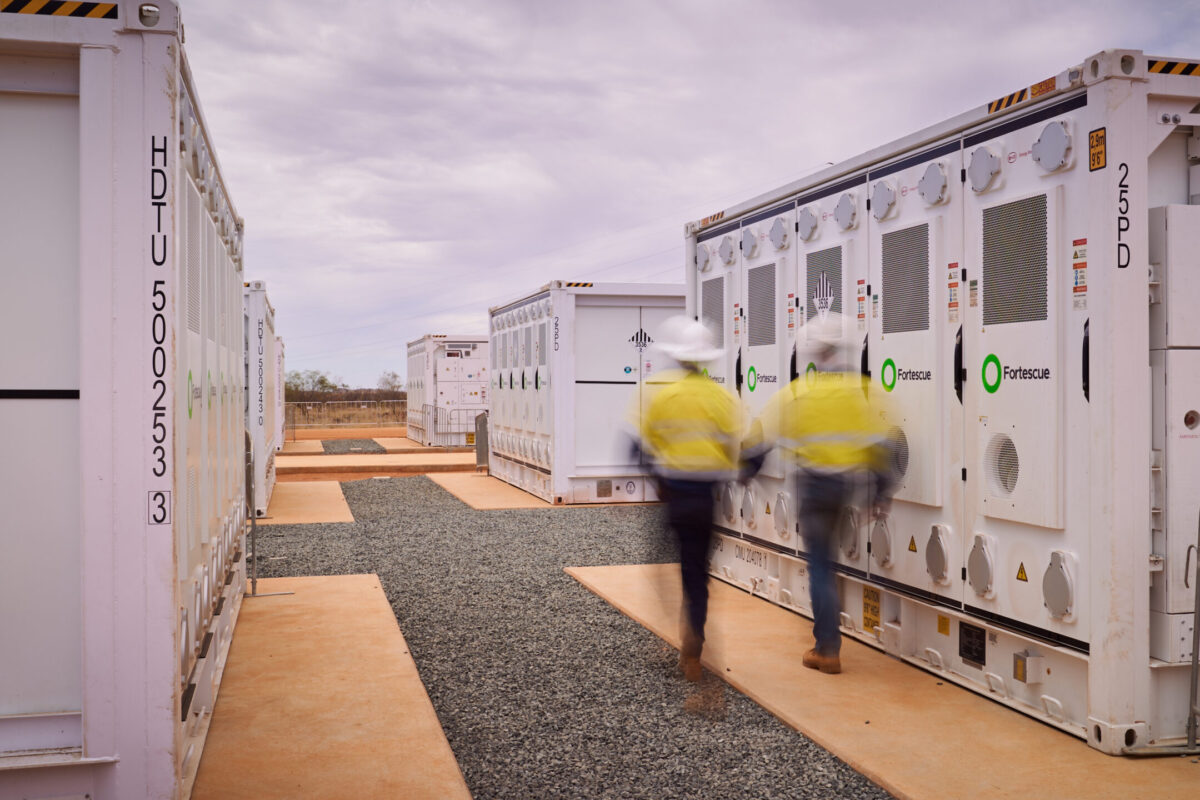


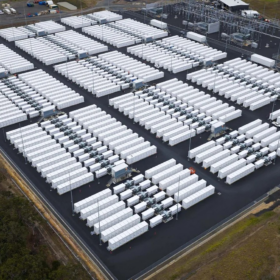
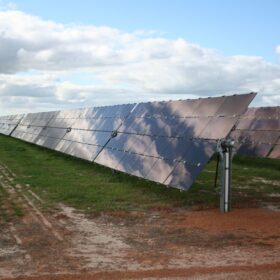
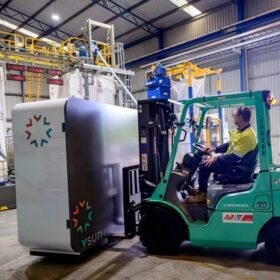


Thanks EV, this is groundbreaking work! The idea of using AI with wireless signals to detect thermal runaway before it happens is both innovative and practical. Achieving over 97% accuracy without physically touching the battery is incredibly impressive. This technology could revolutionize battery safety, especially as lithium-ion batteries become more widespread in everything from EVs to consumer electronics. It’s exciting to see research that blends AI and real-world applications so effectively, potentially preventing fires and improving overall safety standards.